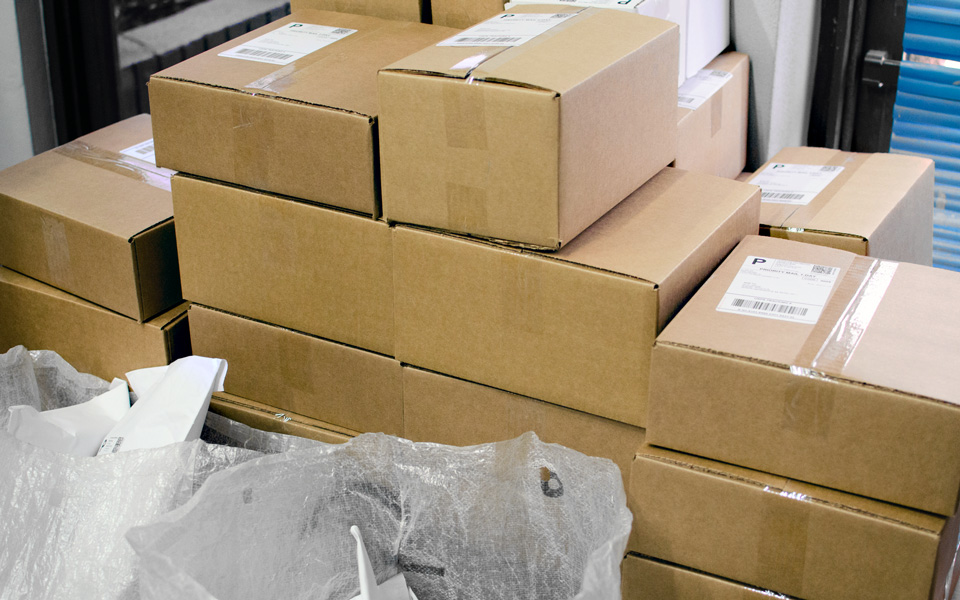
As a business owner, your day involves wearing a lot of hats. Your hours are limited, but every aspect of your store needs your attention. Between customer service, stock purchasing, store maintenance, content creation, marketing, and shipping, you can’t afford to spend too much of your day on any one task. With that said, how much of your day is dedicated to making sure orders that have been placed on your store are shipped out on time?
Order fulfillment efficiency is one of the most important factors in the success of an online business. However, it’s often one of the most overlooked. Taking too long to get orders out the door can cause irreversible damage to the experience provided to your customers. Instead of spending time on customer support, you and your team are instead spending valuable time just trying not to miss the promised delivery date. Inefficient picking and shipping also drives your costs up unnecessarily, reducing the margins needed for growth and profit.
By making your picking and shipping process more efficient, you can save time and money by using fewer labor hours and reinvesting those resources into other cost-saving efforts. Here are a few simple ways to ship orders faster every day:
1. Optimize your store layout.
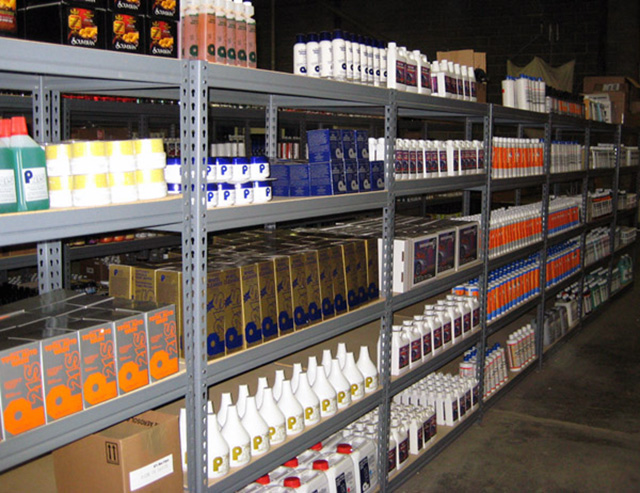
Like most store owners, you likely have some products that you sell much more often than others. These high-volume products can be found in over half of a store’s daily orders. This means that retrieving those items can take up a large portion of the time spent picking your orders every day.
The layout of items in your store can have a big effect on your order picking process. By moving high-volume items to one place, preferably closer to where you usually start picking orders, you’ll spend less time retrieving those items than if they were located further apart from each other. You can also group together items that are frequently purchased together, and move lower-volume sellers farther away from your starting point to make room for higher-volume sellers.
2. Set up discrete pick locations.
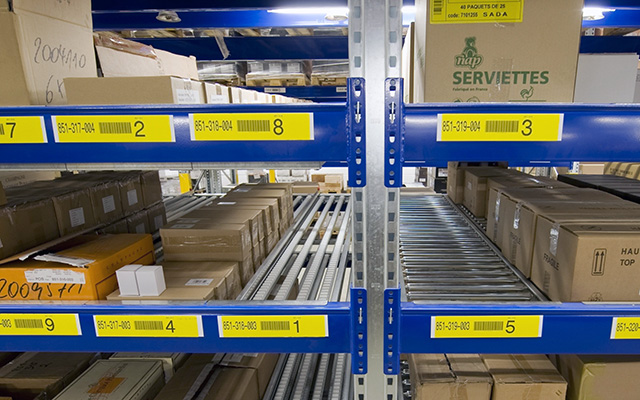
In the hustle and bustle of the average workday, it’s common to take incoming inventory and put it wherever it makes sense at the time. This may be the same place as usual, or a new location entirely. Store owners also tend to mix similar items together in the same picking location. These actions seem innocent on the surface, but are actually very harmful to your order fulfillment efficiency.
Mixing different items in the same picking area means that you have to search through the area to find the exact item that is in an order. This also increases the margin of error, as it’s easy to accidentally pick the wrong item from a mix. These same speed and accuracy drawbacks are found when new inventory is placed in a different location than the item was kept before.
Try your best to have a designated space for each unique item in your inventory. Mark the space with an identifier for that item, like a label with the name and barcode, and make sure that all restocking of the item is kept there. Avoid putting multiple items in the same picking space at all costs, especially if they are visually similar to each other.
3. Sort orders before picking.
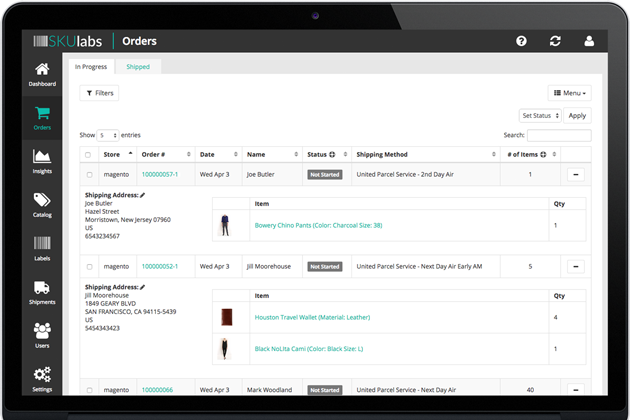
Arguably the most common way that small businesses fulfill their orders is by the order in which they were placed. The oldest orders are picked and shipped first, and the newest orders last. This method can help to ensure that orders don’t get delayed excessively, but there are few other advantages to it.
A more efficient method would be to sort your orders in a way that reduces picking time. If several orders contain some of the same items (such as the high-volume items mentioned before), group those together so that you can reduce the number of times you need to travel to where those items are stored. If you have the help of multiple pickers, separate the workload based on where items are located in your store.
4. Pick orders in batches.
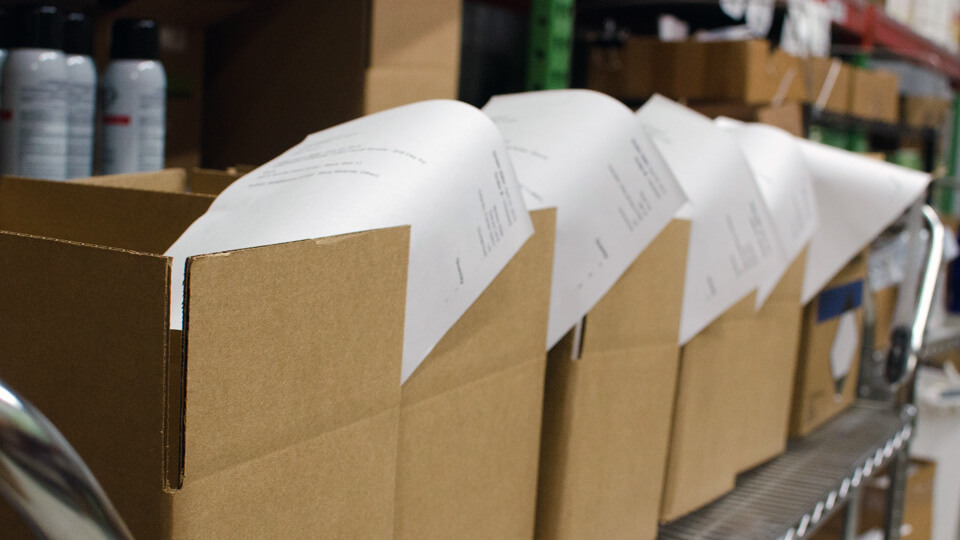
Nearly every ecommerce store owner fulfills their orders one at a time. They take a single order sheet, pick the items needed for it, prepare those items for shipping, and process the shipment. This routine is called discrete picking, and must be repeated for every order. It is extremely common due to its simplicity and versatility, but it’s riddled with inefficiencies that can be easily addressed.
Just like sorting orders with like items together, as discussed above, can increase efficiency, picking those similar orders at the same time can reduce picking time even further. Set up a picking cart or table with space for several orders to be filled at a time. Sort your orders into batches based on the similarities between their items, or where the items are located. Instead of picking the same item once for each individual order, you’ll now be able to pick the item once per batch. This can cut your overall picking time in half by eliminating repetitive steps in the process.
5. Pick and ship in a single process.
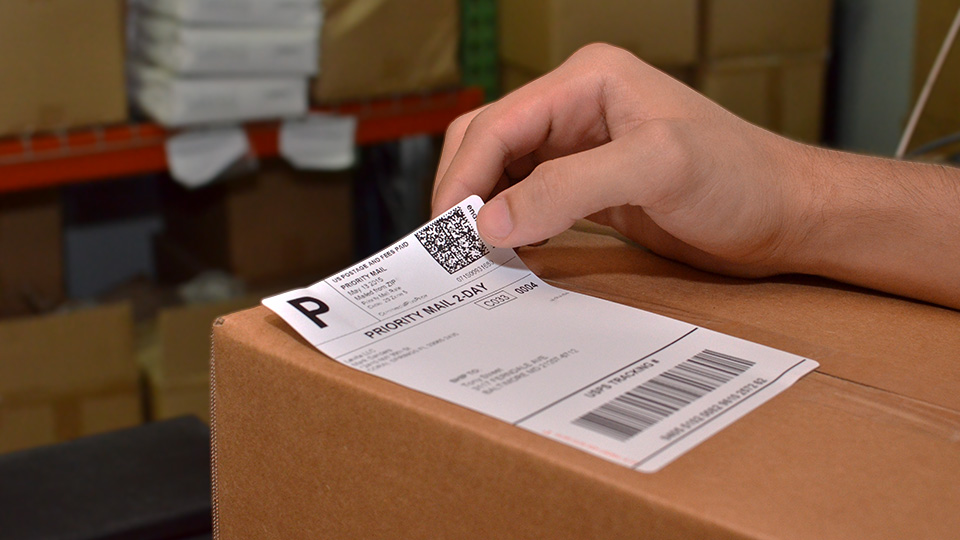
Have you ever shipped an order to the wrong customer? This is an easy mistake to make, and could be caused by something as simple as mixing up which shipping labels are placed on which package. To combat this, many stores mark picked orders as they are set aside to wait to be shipped. However, why is there a need for the packages to be set aside at all?
Efficiency is all about streamlining the steps needed to complete a task. This often means reducing the number of “phases” in an operation, and that in turn can require a cut in the number of hands touching a task. The same is true for order fulfillment: having a single person pick, pack, and ship an order in one straightforward process is often more efficient than having multiple people process an order through different steps.
Batch fulfillment can expedite the shipping workflow even further. When you are finished picking a batch of orders, you can save a ton of time by shipping that batch right then and there. Process all of the shipments and print all of the labels at once so you don’t have to worry about marking the packages and handing them off, or setting them aside to be shipped at the end of the day.
Spend your valuable time as efficiently as you can by completing your daily tasks as efficiently as possible. Order fulfillment doesn’t need to be a long, drawn-out chore. With some simple optimizations like the ones discussed here, you can get your orders to your customers faster and spend more of your time on the other aspects of running a business.

